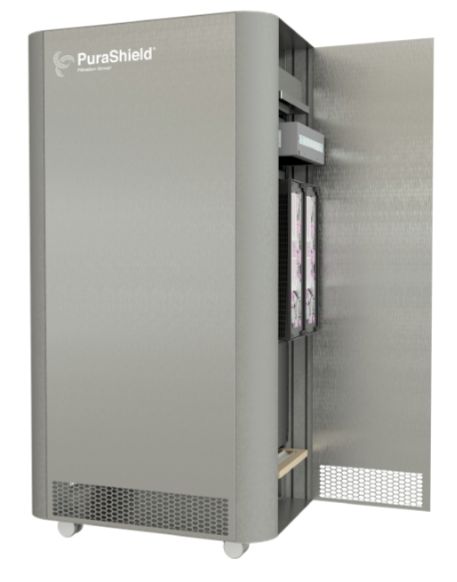Northwestern Athletics Add Filtration Systems
- By Dian Schaffhauser
- 09/21/20
As part of a phased ramp-up in its return to full operations, Northwestern University Athletics and Recreation has installed filtration systems in the locker and weight rooms and other high-traffic spaces in its athletic facilities. The institution has acquired several PuraShield Smart 1000 Cabinets from Purafil.

According to the company, the system removes "99.99 percent" of aerosols carrying viruses and bacteria from the air. The goal: to improve indoor air hygiene. The technology is purported to clean up to 50,000 cubic feet of space in 60 minutes. The cabinet holds 50 pounds of molecular filtration media. The cabinet design allows the unit to be rolled into areas where it's needed.
"Throughout the process of planning for the return of our campus community, the health and safety of Northwestern student-athletes, coaches and staff have guided every decision," said Marcus Attles, associate athletic director for facilities and operations, in a press release. "As part of our mission to create a safe indoor environment, we chose PuraShield filtration systems for their highly effective particle capture rates, the incredible amount of filtration technology within each unit and layers of proven technology. We are utilizing the technology in multiple on-campus spaces, providing high traffic areas with a significant layer of localized filtration so that our Wildcats can breathe a little easier knowing these safeguards are in place."
Purafil is a division of Madison Industries, which specializes in filtration, safety, energy and industrial solutions.
About the Author
Dian Schaffhauser is a former senior contributing editor for 1105 Media's education publications THE Journal, Campus Technology and Spaces4Learning.